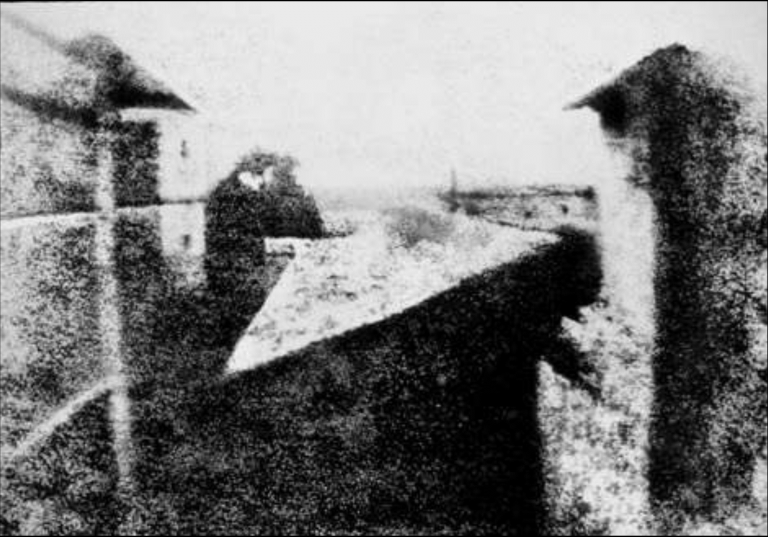
First known photograph of Joseph Nicéphore Niépce in 1826
Although the telescopes were first used in 1609 for astronomoers, observational astronomy was still the primary way for research, and the history of astrophotoghy did not begin until mid 19th century. Here we are going to explore the major events of the development of astrophotography technique over nearly 200 years, with the images of the Sun, the Moon, M33 galaxy, and other astronomical objects.

First known photograph of Joseph Nicéphore Niépce in 1826
Niépce produced this image by exposing a bitumen-coated plate in a camera obscura for 8 hours on his window.
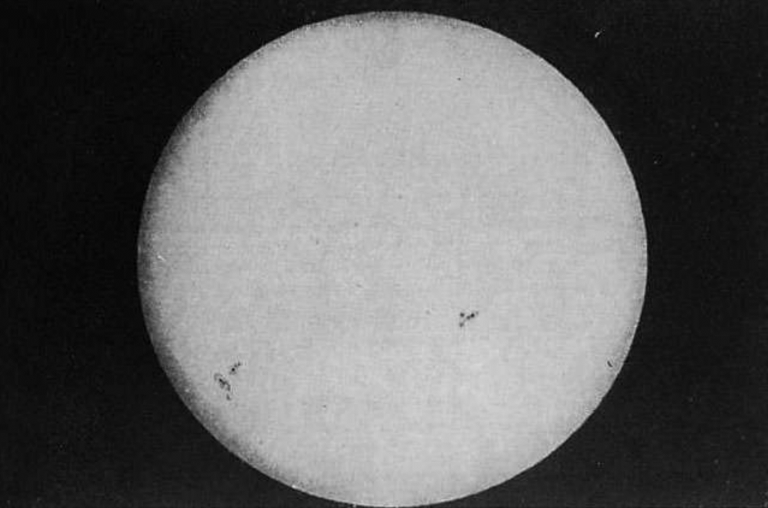
Daguerreotype of the Sun obtained on April 2, 1845
Daguerreotype was the first photographic process that was introduced in 1839. To make a daguerreotype, the daguerreotypist would make the following steps: Polishing (the silver side of the plate) → Sensetization → Exposure → Development ( to visibility) → Fixing
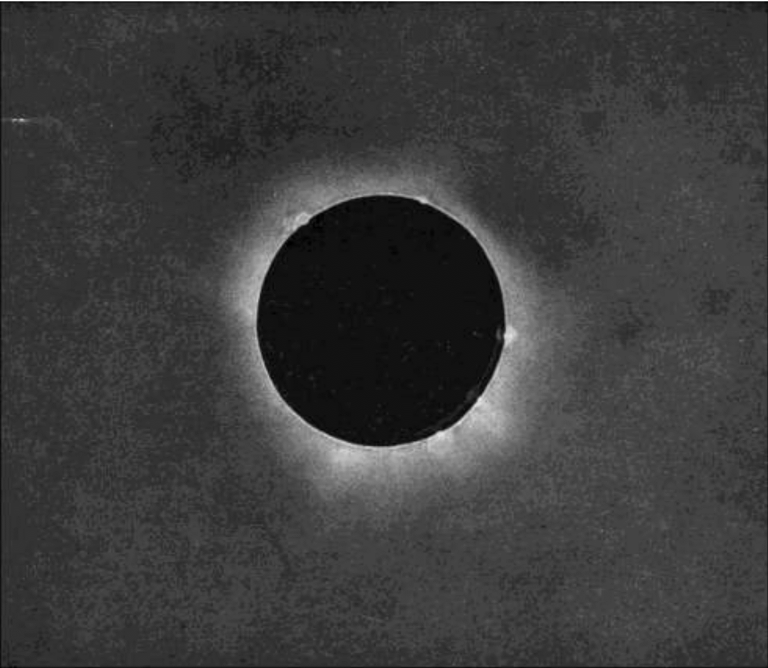
First daguerreotype of a total eclipse of the Sun obtained on July 28, 1851.
The innovation of dry plates photography in 1871 helped astrophotography become a more serious research and develop into the era of deep sky exploration, in which astronomers were capable of taking photos of deep space, like the first photo of a nebulae.
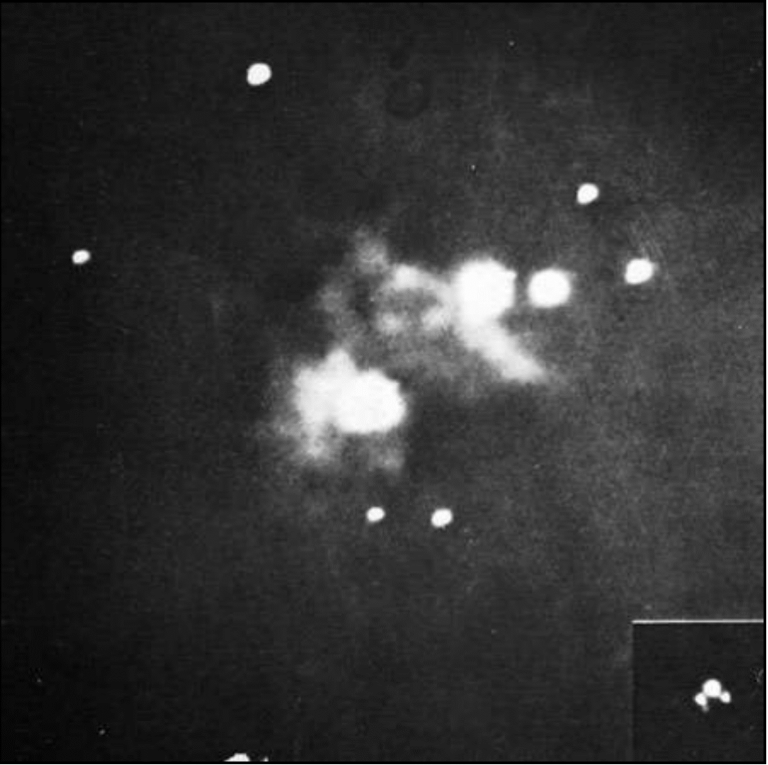
First image of the Orion nebula (M42) obtained in 1880
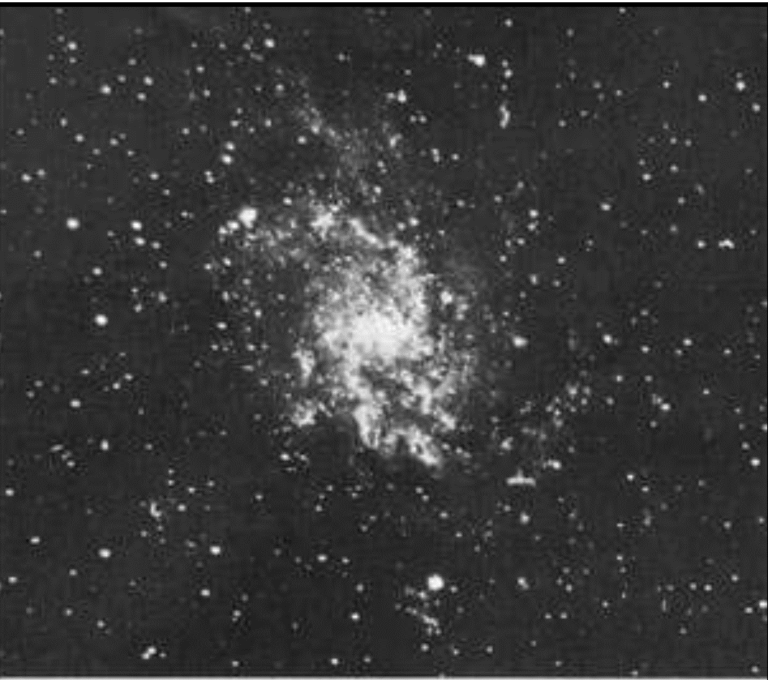
Photograph of M33 obtained in 1899
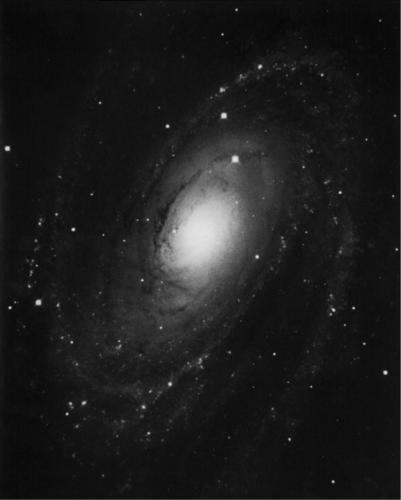
Pphotograph of M81 taken in 1917
In the 20th century, two astrophotographers, Miller and Malin, applied color photography to astronomical imaging and lifted it into the modern era. The advent of CCD in the 1970s allowed light detection and made digital color camera possible, which fundamentally changed astrophotography.
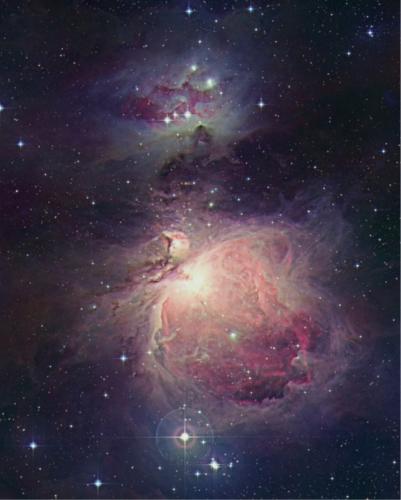
Orion Nebula (M42)
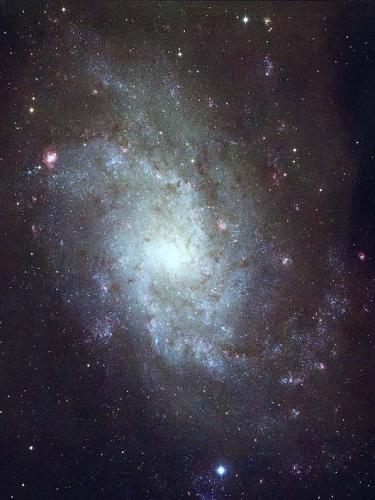
Near Spiral M33
Modern multiwavelength astronomy began in the lae twentieth century. Its contributions are extraordinary and its role in astronomical research has increased rapidly, as it helps astronomers look more in the universe beyond the visible light.
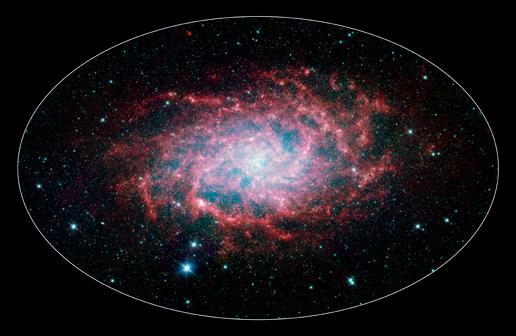
M33 viewed with Spitzer's infrared eyes in 2009.
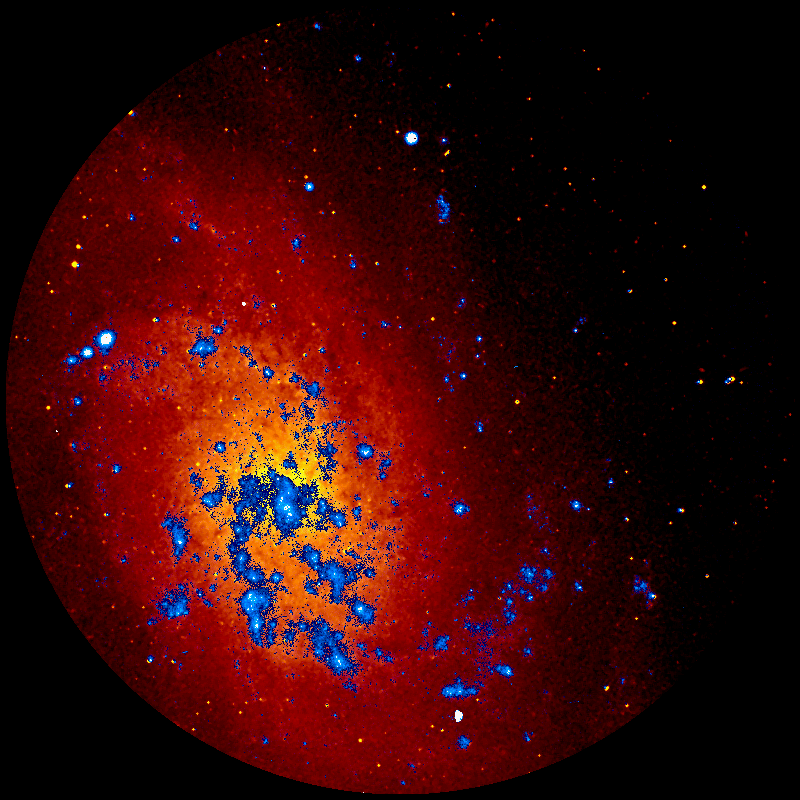
In this image of M33 obtained in 1996, visible light is shown in red and ultraviolet light superposed in blue.